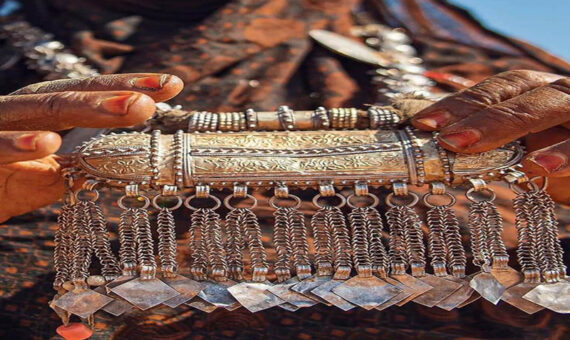In the rapidly evolving world of fashion, the rise of online stores has become a transformative force, reshaping how we discover, purchase, and interact with the latest trends. Once a niche corner of the retail world, e-commerce has now grown into a dominant platform, enabling fashion brands to reach a global audience and revolutionize the way consumers engage with fashion.
1. Global Reach and Accessibility: Fashion Without Borders
One of the most significant roles online stores play in promoting fashion is their ability to reach a global audience. Unlike traditional brick-and-mortar stores, which are limited by geographic location, online platforms allow fashion brands to connect with consumers across the world. This global reach not only broadens the customer base for brands but also democratizes fashion by making it accessible to people regardless of their location.
2. Personalization and Customer Experience: The New Frontier
Online stores have revolutionized the way consumers experience fashion by offering personalized shopping experiences that cater to individual preferences. Through advanced algorithms and data analytics, online platforms can track consumer behavior, preferences, and purchase history to offer tailored recommendations. This level of personalization enhances the shopping experience, making it easier for consumers to discover new products that align with their unique tastes.
3. The Rise of Direct-to-Consumer (DTC) Brands: Cutting Out the Middleman
The direct-to-consumer (DTC) model has gained significant traction in the fashion industry, largely due to the rise of online stores. DTC brands sell their products directly to consumers through their own e-commerce platforms, bypassing traditional retail channels. This model allows brands to maintain greater control over their pricing, branding, and customer relationships.
For consumers, DTC brands often offer better value for money, as the products are typically sold at lower prices without the markups associated with traditional retail. Additionally, the direct communication between brands and consumers fosters a more transparent and authentic relationship, which is increasingly valued in today’s market. As more brands adopt the DTC model, online stores are becoming the primary avenue for fashion consumption, driving innovation and competition within the industry.
4. Sustainability and Ethical Fashion: A New Focus
As consumers become more conscious of their environmental impact, the demand for sustainable and ethically-produced fashion has surged. Online stores have responded to this shift by promoting brands and products that prioritize sustainability. Many e-commerce platforms now feature dedicated sections for eco-friendly fashion, making it easier for consumers to make responsible choices.
5. The Power of Social Media Integration: Influencers and Instant Shopping
The integration of social media with online stores has had a profound impact on fashion promotion. Platforms like Instagram, TikTok, and Pinterest have become essential tools for fashion brands, allowing them to reach and engage with a broader audience. Through collaborations with influencers and the use of targeted advertising, brands can create buzz around their products and drive traffic to their online stores.
Social media’s instant shopping features, such as Instagram’s “Shop Now” buttons and shoppable posts, have further streamlined the purchasing process. Consumers can now discover and buy fashion items directly from their social media feeds, creating a seamless shopping experience. This instant access to products has not only boosted sales for brands but also made fashion more accessible to consumers.
Conclusion: The Transformative Power of Online Stores in Fashion
For consumers, this means more options, greater convenience, and the ability to shop with a purpose—whether that’s supporting sustainable brands, finding the perfect fit, or staying ahead of the latest trends. For brands, it’s an opportunity to reach new audiences, build stronger relationships with customers, and lead the charge in a rapidly changing industry.














